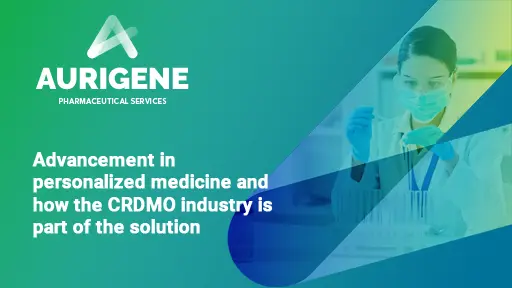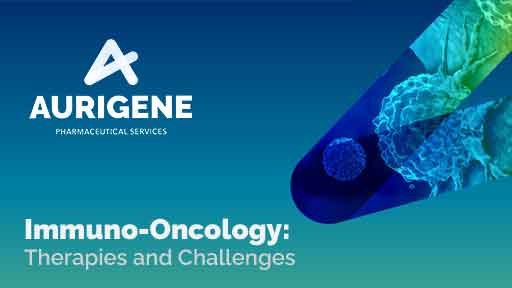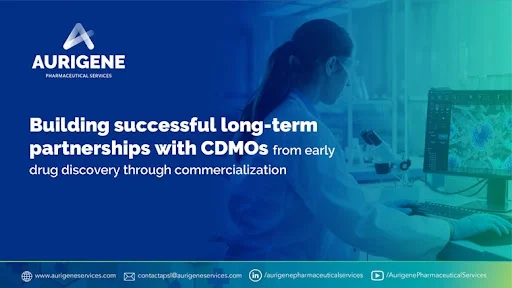In vitro Biology and the Discovery of Penicillin
In the early 20th century, medical science was on the verge of a revolution. Bacterial infections, once considered death sentences, needed an innovative solution. In 1928, Alexander Fleming discovered penicillin. Isolating and understanding how penicillin worked on bacteria required more than just Petri dishes and microscopes.
This is where the concept of in vitro biology began to take shape. Scientists started experimenting with bacterial cultures and cell-based assays in controlled environments outside living organisms. These early in vitro tests enabled researchers to observe how penicillin inhibited bacterial growth at a cellular level without relying on animal models.
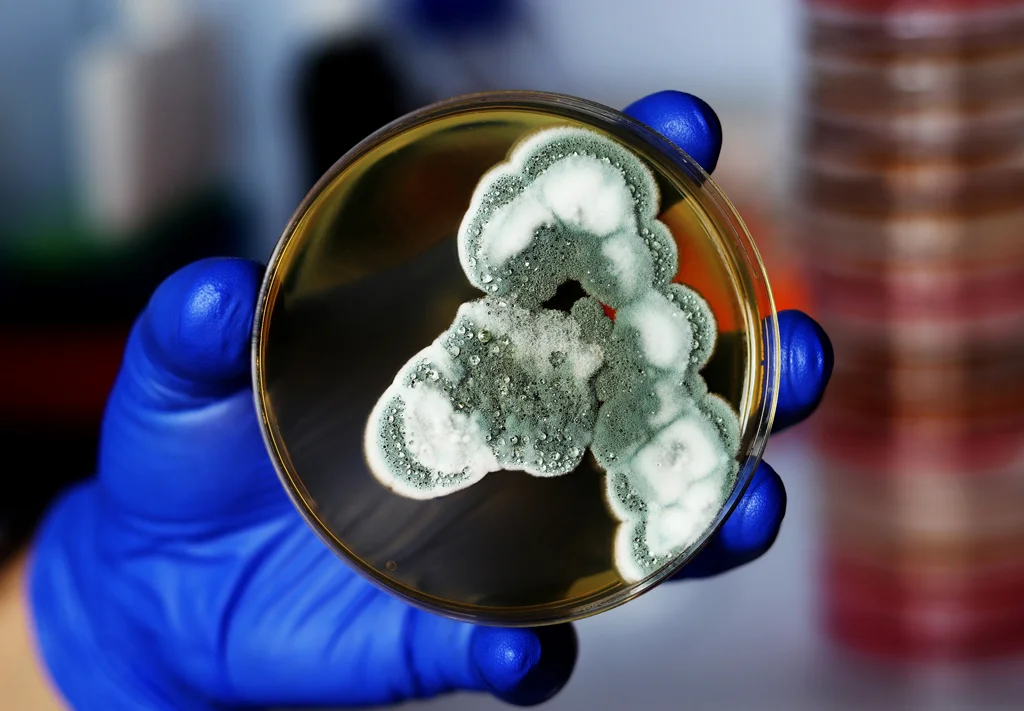
As the potential of in vitro techniques grew, so did their applications. Researchers realized that studying cellular responses under controlled conditions could accelerate drug discovery, reduce reliance on animal testing, and provide reproducible results. These foundational experiments laid the groundwork for in vitro biology as we know it today.
Fast forward to the late 1980s: in vitro biology played a pivotal role in understanding cystic fibrosis (CF). Scientists used cell-based assays to study the CFTR gene mutation and test potential therapies. These assays became instrumental in developing breakthrough drugs like ivacaftor, which dramatically improved the quality of life for CF patients.
Connect with our scientific experts for your drug discovery, development and manufacturing needs
In vitro Biology Testing in Drug Development
In the evolving landscape of drug development, CDMOs play a pivotal role in advancing therapeutic candidates from discovery to market. At the heart of this journey lies in vitro biology testing that enables precise, high-throughput, and reproducible results.
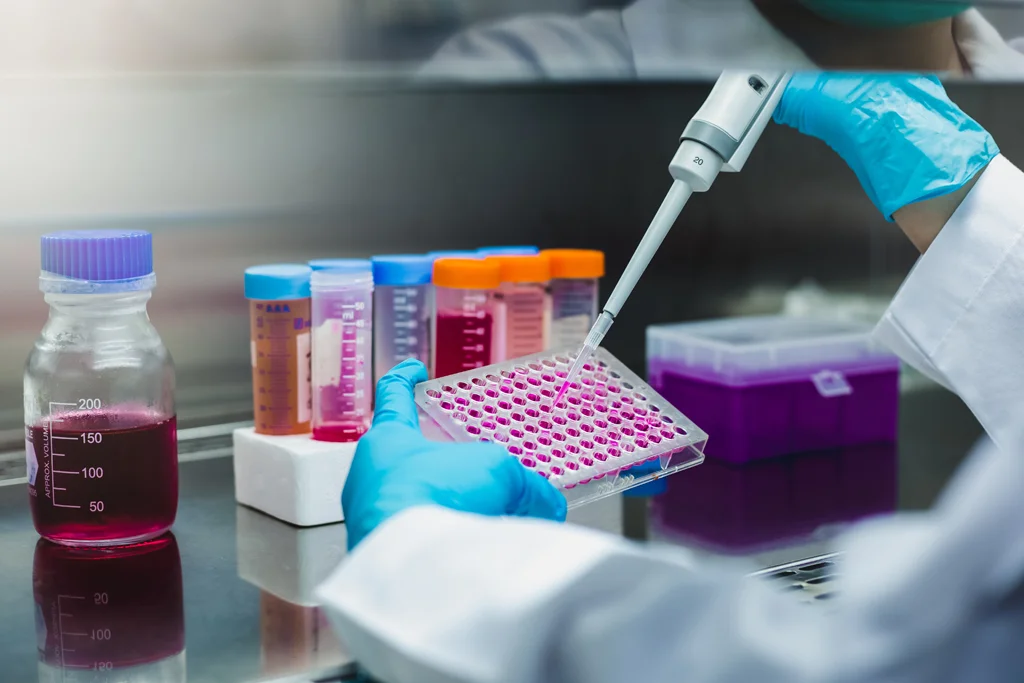
Understanding in vitro biology testing
In vitro biology involves studying biological processes outside living organisms, typically in laboratory environments using isolated cells, tissues, or biochemical systems. These models allow scientists to mimic disease conditions, investigate drug mechanisms, and screen therapeutic compounds with unparalleled control and efficiency.
The key advantages of in vitro testing lie in its ability to offer precision and control. With carefully managed experimental conditions that eliminate unnecessary variables and ensure reliable results. Moreover, researchers can rapidly screen thousands of compounds, significantly speeding up the discovery process while gaining valuable insights into how drugs interact with their targets at a molecular level. Beyond efficiency and clarity, in vitro testing also reduces our reliance on animal models, offering a more ethical and sustainable approach to early-stage research. These strengths make in vitro methods an essential tool for advancing both science and healthcare.

Applications of in vitro biology in drug discovery
In vitro testing plays an essential role at every stage of drug development, offering valuable insights that guide the process from start to finish. In the early stages, it helps scientists validate whether a specific molecular target is truly linked to a disease. During lead discovery and optimization, researchers can screen and refine potential drug candidates, identifying the most promising ones for further testing. These models also allow scientists to study how drugs interact with their targets, providing a clearer understanding of their mechanism of action. Additionally, in vitro testing helps uncover biomarkers—molecular signals that track disease progression or treatment responses. Finally, it plays a critical role in toxicology assessments, identifying potential side effects early on and ensuring that only the safest compounds move forward to clinical trials.
Innovations in drug development: closing the in vivo – in vitro gap
Recent innovations have significantly enhanced the predictive power of in vitro testing, reducing dependency on animal models. Techniques like CRISPR gene editing, organoids, and microfluidic platforms are revolutionizing preclinical research. However, in vivo studies remain the gold standard for regulatory approvals and final safety validations.
Common in vitro Biology Tests Offered by CRDMOs
Assay development and screening
- Biochemical assays: Studying isolated enzymes or proteins to understand drug interactions
- Biophysical assays: Studying drug-target interactions through techniques like SPR, ITC, and BLI to assess binding affinity, kinetics, and thermodynamics.
- Cell-based assays: Assessing drug effects on cell viability, proliferation, and signaling; assessing modulation of proximal and distal signals of the target protein
- High-throughput screening (HTS): Rapid testing of thousands of compounds for activity
- Target validation assays: Confirming the role of a drug target in disease progression
- Drug-drug interaction (DDI) studies: Evaluating potential compound interactions
- Target deconvolution assays: Identifying unknown drug targets
- Disease-specific assays: Tailored assays for specific disease models
Mechanistic studies
- Mode of action (MoA) studies: Understanding the molecular mechanisms of drug action
- Target engagement assays: Validating the drug's interaction with its intended target
- Cell signaling pathway analysis: Mapping drug modulation of signaling pathways
Functional assays
- Cell viability and proliferation assays: Evaluate cytotoxicity and cell growth using various formats ranging from 6-well plates to 384-well plates. Assays are compatible with in-house generated reagents that ensure cost efficiency and robust quality control (QC).
- Apoptosis assays: Study programmed cell death mechanisms with reagents tailored for different assay formats, ensuring precision and scalability.
- Necroptosis assays: Assess regulated necrotic cell death using optimized reagents designed for seamless integration across multiple plate formats.
- Reporter gene assays: Examine gene expression and regulation using high-quality reagents that are cost-effective and validated through stringent QC processes.
- Cell senescence assays: Evaluate cellular aging and dysfunction with assay-compatible reagents, ensuring reliability across well-plate formats.
- Migration and invasion assays: Measure cell movement and invasive behavior with reagents optimized for use in 6-well to 384-well plates.
Our facility is equipped with a cell bank repository comprising approximately 50–60 different cell lines, enabling flexibility and precision in assay development across a diverse range of cellular models.
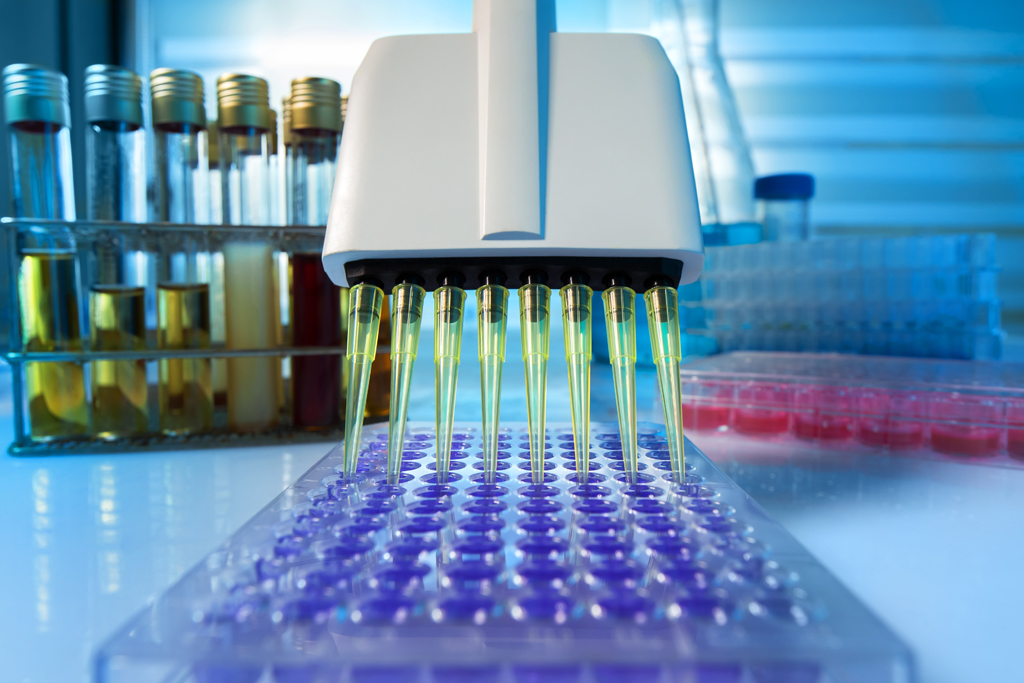
We collaborate closely with our in-house reagent generation team to produce assay-compatible reagents at reduced costs while maintaining efficient QC standards. Our capabilities span a wide array of biological targets, including kinases, proteases, synthetases, GPCRs, and other protein targets. We adopt a target-agnostic approach to drug targets, modalities, and assay types, providing flexibility and innovation in assay development.
ADME-tox studies
- Absorption, distribution, metabolism, and excretion (ADME) assays: Studying drug pharmacokinetics.
- Toxicology assays: Identifying cellular toxicity risks.
- Stability studies: Evaluating drug stability over time under various conditions.
- Potency assays: Measuring the functional activity of a drug.
Immunoassays
- Enzyme-linked immunosorbent assay (ELISA): Quantifying soluble substances.
- Flow cytometry: Profiling immune cells and biomarkers.
- Immune cell profiling assays: Understanding immune cell responses.
- Dendritic cell assays: Evaluating immune system activation.
- T-cell cytotoxicity assays: Measuring immune cell-mediated cytotoxic responses.
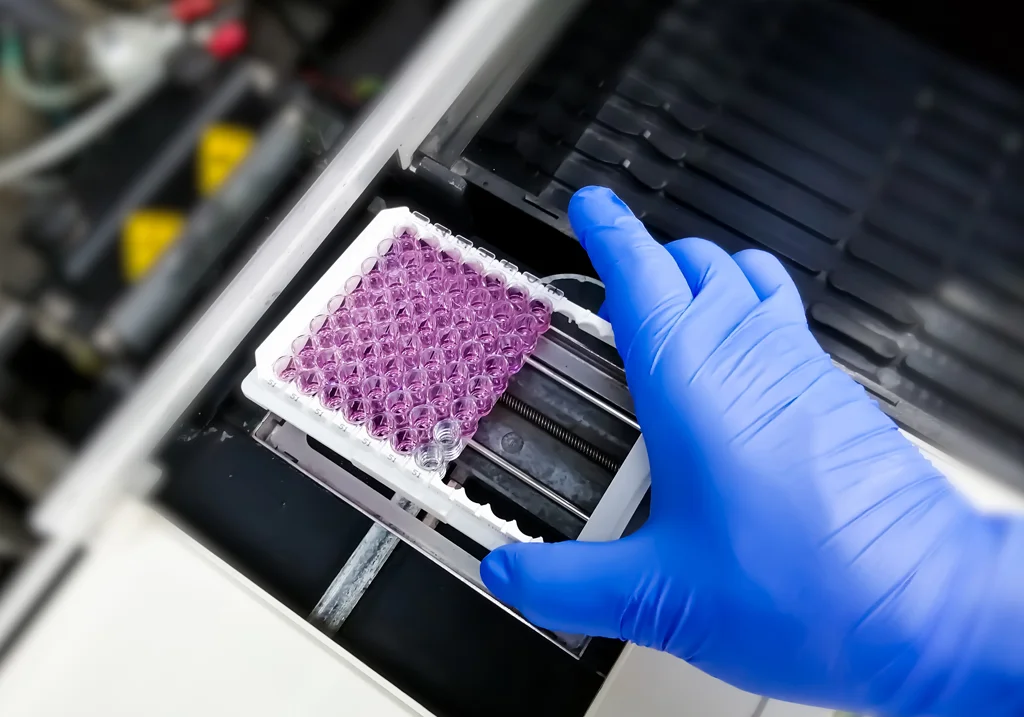
Molecular biology services
- Gene expression analysis: Using qPCR and RNA sequencing for expression studies.
- CRISPR gene editing: Precise genome modifications for functional studies.
- Biomarker identification assays: Detecting disease markers and treatment response indicators.
Specialized assays
- 3D cell culture assays: Mimicking in vivo environments for accurate data.
- Organoid assays: Modeling organ-like structures for complex studies.
- Spheroid culture assays: Studying cellular interactions in 3D environments.
- Stem cell-derived functional assays: Using stem cells for hepatocyte and cardiac studies.
- Virus and TSE safety studies: Ensuring product safety from viral contaminants.
- Microbiological analysis in hemoculture: Detecting contaminants in blood samples.
- Protein chemistry assays: Evaluating protein interactions and stability.
- Immuno-histology assays: Visualizing cellular components with antibodies.
Phenotypic screening
- Phenotypic screening assays: Identifying compounds that alter cellular phenotypes without predefined targets.
What Auirgene Offers
At Aurigene, our in vitro biology services are designed to drive innovation and efficiency across drug discovery programs:
- Specialized laboratories: Dedicated labs for biochemical, cellular, and immunological assays.
- High-throughput screening (HTS) platforms: Equipped with advanced liquid handling and assay automation systems like Bravo.
- Assay formats:
- Label-free: SPR and mass spec
- Luminescence: HiBiT, NanoBiT®
- Fluorescence: FP, TR-FRET, HTRF
- Absorbance
- Readout platforms: Luminescence, fluorescence (FRET, TR-FRET, FP), AlphaLISA, AlphaScreen, absorbance, UV to NIR, flow cytometry, western blot, qPCR.
- Screening platforms: Medium to high-throughput screening, 384-well liquid handling systems
- Acceptance criteria:
- Cell-free: Z’ > 0.6, CV < 10%
- Cell-based: Z’ > 0.6, CV < 20%
- Cell-based assays: Custom assays for drug development across multiple stages.
- Biochemical assays: SAR studies, novel assay development, optimization, and validation.
- Mechanistic assays: MoA studies, Target Engagement assays.
- Functional assays: cell viability, apoptosis, migration, invasion, cell cycle analysis, necroptosis, pyroptosis.
- Immunological assays:
- Antibody-dependent cell-mediated cytotoxicity (ADCC)
- Complement-dependent cytotoxicity (CDC)
- Antibody-dependent cellular phagocytosis (ADCP)
- FACS-based NK-mediated cell killing
- Treg-immune suppression
- T-cell cytotoxicity
- Biomarker assays: Cytokine modulation, target gene expression, phosphorylation of signaling intermediates, cytokine-induced transcription factor phosphorylation.
- Screening services: Phenotypic screening, primary screening platforms.
- ADME-Tox studies: Absorption, distribution, metabolism, and excretion assays, toxicology screening.
- Target engagement assays: Using advanced tools like Nano-BRET.
- Stability and potency assays: Ensuring compound stability and functional activity over time.
- Scientific expertise: A highly skilled team with experience in complex assay development and novel target exploration.
- Customization: Tailored assay design for novel target classes and therapeutic indications.
- Experience across drug classes: Small Molecules, PROTACs, molecular glues, oligonucleotides (ASO/siRNA), peptides, mAbs.
- Cutting-edge technologies: Advanced platforms for target engagement and mechanism-of-action studies.
- Stem cell-Derived functional cells: Hepatocytes, cardiomyocytes.
- 3D cell co-culture models: Advanced models for disease simulation.
- Spheroid culture: Enhanced cellular interaction studies.
- Organoid culture: Complex disease modeling.
- Epigenetics and protein-protein interaction targets: Specialized expertise in emerging therapeutic areas.
- Advanced modalities: ADCs, mRNA therapeutics.
- BoT-based data analysis: We have developed an in-house BoT-based data analysis platform in collaboration with the DPEx team. This platform allows seamless data input in predefined formats, where the BoT efficiently analyzes the data, generates graphical representations, compiles results, and shares them. This significantly reduces the time required for data analysis, enabling faster insights and decision-making.
Learn More about our In vitro biology services
For a comprehensive list of our In vitro biology capabilities, technologies, and specialized services,
download our comprehensive flyer here.
Future Directions of In vitro Biology
The field of in vitro biology is undergoing a paradigm shift, driven by cutting-edge advancements in cellular models, computational tools, and integrated systems. From drug discovery and predictive toxicology to personalized medicine and disease modeling, in vitro technologies are transforming how we approach scientific research, diagnostics, and therapeutic development. Below are the key trends and directions shaping the future of in vitro biology.
Integration of Artificial Intelligence (AI) and Machine Learning (ML)
AI and ML are revolutionizing in vitro research by enabling large-scale data analysis, enhancing experimental reproducibility, and predicting complex biological responses. These tools allow researchers to simulate cellular behaviors, identify potential drug targets, and optimize experimental parameters in real time. Advanced AI algorithms are also improving toxicity prediction and accelerating high-throughput screening processes, significantly reducing both costs and timelines. Consequently, AI and ML are enhancing the efficiency of analyzing large datasets, refining experimental design, and offering robust predictive capabilities, making them indispensable tools in modern in vitro biology.
Advanced 3D Cell Cultures, Organoids, and Organ-on-a-Chip Models
The adoption of 3D cell cultures, organoids, and organ-on-a-chip technologies has significantly improved the physiological relevance of in vitro models. These systems better mimic human tissue architecture and cellular interactions, offering more accurate insights into disease mechanisms and therapeutic responses. Organoids derived from patient tissues are now enabling personalized medicine approaches, whereas organ-on-a-chip platforms replicate the dynamic microenvironments of living tissues. These advanced models successfully bridge the translational gap between preclinical in vitro studies and clinical outcomes, enhancing both the accuracy and predictability of experimental results.

Personalized and Precision Medicine
In vitro platforms are pivotal in the development of precision medicine, allowing researchers to tailor treatments based on individual genetic profiles. Personalized assays using patient-derived cells and advanced biomarkers are enabling the development of therapies that address specific disease mechanisms unique to individuals. This approach minimizes trial-and-error in treatment regimens and enhances therapeutic efficacy. By facilitating the identification of patient-specific responses and improving treatment precision, in vitro platforms are driving significant advancements in healthcare personalization.
Predictive Toxicology and Safety Assessments
The integration of in vitro toxicology assays with advanced biomarkers is redefining safety assessment processes. Modern in vitro platforms can detect subtle cellular changes and off-target drug effects at an early stage, preventing costly late-stage failures. These systems also reduce the need for animal testing by offering ethical and scalable alternatives for toxicity screening. This approach allows researchers to identify safety risks early, reduce reliance on traditional animal models, and enhance regulatory compliance, ultimately improving the overall efficiency of drug development pipelines.
Automation and High-Throughput Screening (HTS)
Automation and robotics have streamlined in vitro workflows, enabling large-scale, high-throughput screening of compounds with minimal human intervention. Automated platforms reduce errors, enhance reproducibility, and allow simultaneous testing of thousands of samples. These systems are particularly valuable in drug discovery, where rapid screening accelerates the identification of promising compounds. The integration of automation and HTS has led to faster experimental cycles, improved consistency, and significant cost savings, making it an essential component of modern in vitro methodologies.
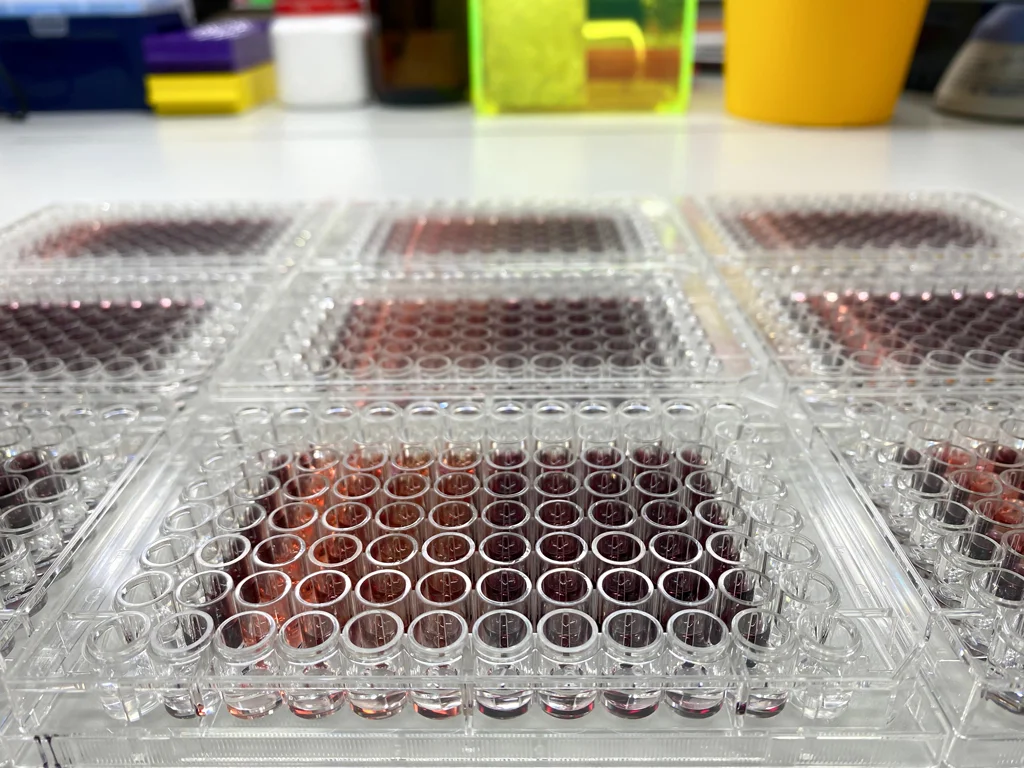
Enhanced Diagnostic Applications
In vitro diagnostics (IVD) are at the forefront of disease detection, prognosis, and real-time monitoring. Advances in biomarker discovery, combined with AI-enabled analytics, are enhancing the sensitivity and specificity of diagnostic assays. IVD tools are becoming integral in managing chronic diseases, enabling early-stage detection, and guiding treatment decisions in clinical practice. With improved diagnostic accuracy and real-time monitoring capabilities, these tools are revolutionizing how healthcare systems detect and address diseases.
Integration of Bioinformatics and Cloud-Based Platforms
Bioinformatics tools and cloud-based data-sharing platforms are becoming central to in vitro research. These technologies enable the integration of diverse datasets, real-time analysis, and seamless collaboration across global research networks. Open-access databases are promoting transparency and accelerating innovation in in vitro methodologies. Through improved collaboration, better data transparency, and real-time knowledge-sharing, bioinformatics and cloud platforms are fostering a more connected and innovative global research ecosystem.
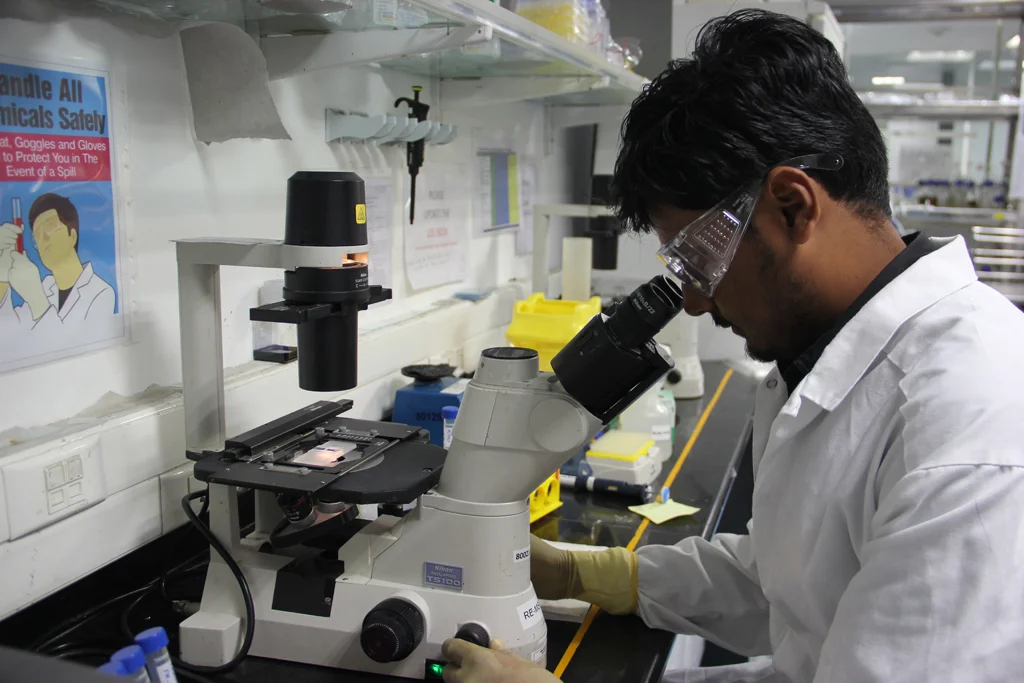
Expansion Beyond Pharmaceuticals
The applications of in vitro testing are expanding beyond drug discovery and into environmental toxicology, food safety, agricultural biotechnology, and industrial processes. These systems are being used to detect environmental pollutants, test food additives, and optimize bioengineering solutions, broadening their societal impact. By addressing challenges in sectors like environmental health and agriculture, in vitro technologies are becoming valuable tools across multiple industries.
Realistic human disease models
Advances in in vitro models are bringing us closer to accurately replicating complex human diseases. Platforms such as patient-derived organoids and multiorgan chips simulate disease progression, drug resistance, and therapy responses. These models provide invaluable information in understanding diseases such as cancer, neurodegenerative disorders, and metabolic diseases. With the ability to mimic disease mechanisms with unprecedented accuracy, these platforms are advancing therapeutic discovery and disease understanding.

Regulatory Frameworks and Standardization
Global regulatory bodies are gradually adopting standardized in vitro protocols for safety testing, diagnostics, and therapeutic validation. Efforts are being made to align regulatory guidelines across jurisdictions, ensuring reproducibility, scalability, and compliance with ethical standards. Broader acceptance of in vitro models within regulatory frameworks is helping streamline approval processes and integrate these technologies into mainstream pharmaceutical and diagnostic practices.
Standardization efforts also focus on assay parameters critical to ensuring reliability and robustness across programs. These include implementing stricter % coefficient of variation (CV) thresholds, minimizing assay variability, and enhancing robustness to ensure consistent results. Additionally, addressing inter- and intra-operator variability, as well as inter- and intraday assay variability, plays a vital role in maintaining uniformity in in vitro assays. Such measures are essential for reproducible results across different laboratories, operators, and programs, further supporting the regulatory adoption of in vitro technologies.
Sustainability and ethical research practices
Sustainability is becoming a priority in in vitro laboratories. Efforts are being made to minimize reagent waste, optimize resource utilization, and adopt eco-friendly lab practices. Sustainable in vitro systems reduce the environmental impact of large-scale experimental setups and align with global environmental goals. This shift not only reduces costs but also ensures long-term ecological responsibility in scientific research.

Collaborative innovation ecosystems
Cross-sector collaborations between academia, pharmaceutical companies, biotech firms, and regulatory authorities are driving in vitro innovation. Shared research hubs, public-private partnerships, and cross-border initiatives are accelerating the development and adoption of advanced in vitro technologies. These collaborations are fostering a culture of shared knowledge, faster innovation cycles, and stronger alignment with global research priorities.
In vitro biology plays a pivotal role in integrated drug discovery projects, facilitating reduced Design-Make-Test-Analyze (DMTA) cycles. Smooth and coordinated data transition between Computational-Aided Drug Design (CADD), chemistry, and in vitro teams ensures seamless workflows, enabling faster iteration and decision-making. This integration not only accelerates the drug discovery process but also enhances the precision and efficacy of therapeutic development by leveraging robust in vitro models for early-stage validation and optimization.
Ethical alternatives to animal testing
As global policies increasingly advocate for animal welfare, in vitro models are being recognized as ethical and scientifically robust alternatives. Researchers are now developing systems that can accurately replicate the complexity of human biology without relying on animal models. These ethical approaches are gaining global recognition and driving more humane and reliable scientific research practices.
The future of in vitro biology is characterized by technological integration, advanced cellular models, and a global commitment to standardization and sustainability. AI, organoid technologies, automated systems, and bioinformatics will serve as the cornerstones of this transformation. With broader applications across healthcare, environmental sciences, and industrial domains, in vitro technologies will drive more efficient, ethical, and impactful scientific discoveries. Eventually, this evolution promises to deliver smarter diagnostics, safer therapeutics, and a more profound understanding of human health and disease.







